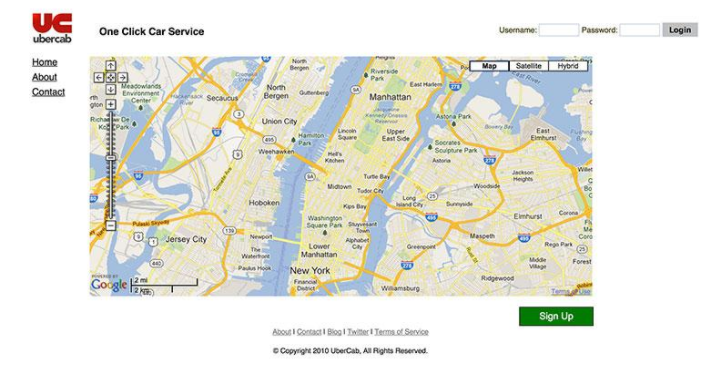Once you have a business idea and you’ve validated it, it’s time to start working on creating an MVP – a minimum viable product. This is a product or service that is developed with just enough features to satisfy the requirements of the initial customers. Building an MVP is considered a vital step in developing businesses and products, part of the famous ‘lean startup’ methodology.
What is a ‘lean startup’ and why is it the best way to start a business?
Starting a business traditionally involves first planning and designing a perfect product, then building it, and finally launching it to the market. This is very high risk – up to 90% of startups fail when launched this way.
In comparison, the lean startup methodology is low risk and allows you to gradually develop a product while customers test it. Having a lean startup allows you to prepare your product for success before it enters the market, so you know it won’t fail after being launched.
The core component of the lean startup methodology is the ‘Build-Measure-Learn’ feedback loop:
- Build – Building an MVP – a small product or feature for testing – with the minimum features required, as quickly as possible.
- Measure and learn – the MVP should be tested within a representative segment of the target audience and improved upon in response to feedback.
Why do you need an MVP and what features should it include?
An MVP allows you to learn from your customers as soon as possible. The main point of the lean startup methodology is to build the smallest amount of product possible before starting to test, without investing much effort or time. Therefore, an MVP should be useable, but created with minimum resources.
The features that an MVP should include are the minimum needed to be able to test the product or service and start the build-measure-learn cycle. However, it should be fully useable and look finished to those testing it.
If the first build-measure-learn cycle goes well, and you get interest, you can use the results of the tests to decide which features should be added next and what needs changing. It is recommended to only introduce and test one new feature with each cycle. Improving by trial-and-error ensures you are never investing a great amount of time or money without first being sure you are adding a feature that your customers want. After a few cycles, if your product is desirable, you should be closer to meeting the goals in your business plan.
Tips for testing your MVP
Once you have an MVP, it’s time to move to stage three – testing. The MVP should be tested within a representative segment of your target market. Feedback from the testing stage can be used to:
- See if your product is a success
- Find ways of improving the product
- Estimate chances of success once you launch the product for real
A successful MVP testing stage will give you the numbers needed to secure funding from investors. Here are some great ways to test your MVP:
Landing pages
A landing page is the first page people come to on your site when they want to find out about your product or service. Use it to explain your offerings or your product’s features, and allow visitors to sign up. It allows you to gauge interest before investing in developing the actual product or service.
Explainer videos
Create a short video explaining your product and show it to your target market. Like landing pages, this acts as a virtual product to gauge interest. One great example of a minimum viable product explainer video that led to success is the one used in the launch of the easy-to-use file sharing tool, Dropbox.
Dropbox started with an MVP in the form of a simple animated explainer video with enough detail to get 75,000 people to sign up for the beta version of their product overnight.
Customer interviews
Hold interviews with people in your target market, listen to them explain possible problems with your product and gain insight that will help you solve these problems.
A/B testing
This involves creating two landing pages or products, one slightly different than the other. Then, test both within your target audience and see which one performs better. For example, if customers like version A, you will know it is more effective to use for your target audience.
Crowdfunding
Instead of building a product using your own capital, use a crowdfunding website such as IndieGoGo or Kickstarter to gauge interest in your product and raise funds. The funds raised will show clearly whether or not your product is worth developing.
Develop a single-feature product
Develop a simple version of your product with just one main feature and limited capabilities. This what Uber did when they launched their taxi app in 2009. They began with a small fleet of taxis. The app was extremely simple, with a plain design and one function – connecting smartphone users to taxi drivers and allowing them to make payments with credit cards. To begin with, only the founders and their friends tested the app. Then, it was launched in the limited area of San Francisco. Now, Uber has over 40 million monthly riders and operates in over 50 cities worldwide, including Lagos and Nairobi.
Every time Uber wants to expand to a new location, it uses an MVP first – with a few staff members testing to see if Uber will be successful in that location, before establishing the service officially.
The original “UberCab” web page
After you’ve done your initial research and validated your business idea, use the lean startup methodology to test your product or service. As you can see, this method is low risk and maximizes your chance of success, allowing you to develop a product or service that your customers truly desire.

